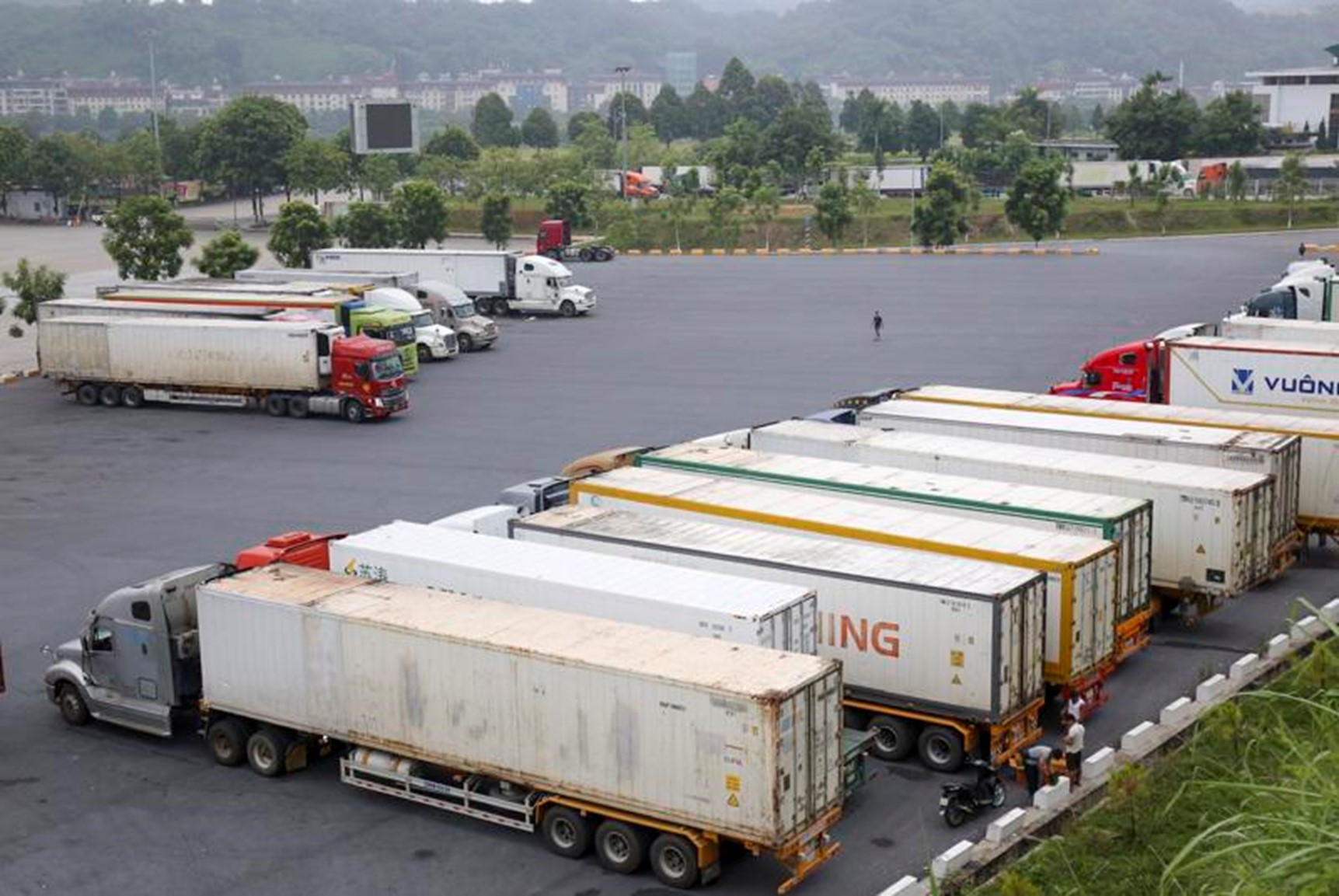Total number of posts 452.
Taking advantage of agreements such as the Regional Comprehensive Economic Partnership (RCEP), in addition to ensuring effective implementation of the provisions, also depends largely on promoting border trade between member countries of the agreement. For Viet Nam, promoting border trade between the northern mountainous provinces and China will be an important factor in promoting and demonstrating the importance and effectiveness of RCEP in promoting trade cooperation.
Introduction
Vietnam’s northern border region plays an important role in connecting trade with China – Viet Nam’s largest trading partner. Taking advantage of the RCEP brings great opportunities to promote trade and economy, increase competitiveness and sustainable growth for this region.
Potential for economic and trade cooperation with China
China is considered one of the world's largest markets, especially in the fields of agriculture, food processing, and consumer goods manufacturing. The northern border region of Viet Nam, including the provinces of Lang Son, Quang Ninh, and Cao Bang, has built transport infrastructure and international border gates such as Huu Nghi and Mong Cai, opening up many opportunities for trade and import and export.
The RCEP agreement, which will take effect from 2022, reduces tariffs and enhances economic cooperation among 15 countries, including China and Viet Nam. Thanks to its unique geographical location, the northern border region has the potential to become an important transit point in the regional supply chain.

Taking advantage of opportunities from RCEP
The RCEP agreement offers the advantage of significantly reducing import taxes on many goods, meeting the import and export needs of border areas. Agricultural products such as rice, fruits, and processed foods have the potential to access the Chinese market at lower costs.

In addition, RCEP creates favorable conditions for businesses to invest in the northern border area, especially in the processing and logistics industries. The construction of industrial parks near border gates is expected to attract foreign investment, increase production and export capacity. In particular, Lao Cai province is a typical example when Lao Cai is identified as the gateway connecting Viet Nam and ASEAN countries with China, located in the center of the midland and mountainous region in the North, belonging to the area of two major economic corridors: Lao Cai - Hanoi - Hai Phong - Quang Ninh and Lao Cai - Hanoi - Lang Son. With an important geo-economic and geopolitical position, Lao Cai has the potential to become a hub for road trade between Viet Nam and ASEAN countries with the Southwest region of China, and further to Eastern Europe. To realize this goal, Lao Cai focuses on investing in logistics and warehouse infrastructure, especially in the Lao Cai Border Gate Economic Zone, facilitating the circulation of goods and effectively exploiting the border gate economy. In the 2021-2025 period, the province plans to invest in building the Kim Thanh - Ban Vuoc logistics center in Bat Xat district, connecting with the Noi Bai - Lao Cai expressway, inland waterway ports, railway stations, dry ports and industrial parks.
The future of Lao Cai and the northern border area can become logistics and supply chain centers connecting the Southeast region of China with major cities in Vietnam such as Hanoi and Ho Chi Minh City. This cooperation helps reduce transportation costs and increase competitiveness for businesses on both sides.
Challenges and Solutions
1. Improving Transport Infrastructure
Although the transport infrastructure connecting the provinces in the mountainous border region of northern Viet Nam has been significantly improved with advanced transport infrastructure such as the Hanoi - Lao Cai Expressway and the continuously upgraded national highway system, the movement and ensuring traffic between this area and neighboring areas is still a challenge as this is an area with complex geography and many hills. Therefore, the transport infrastructure in the border area still needs to be upgraded by the Government to meet the increasing demand for goods flow. Projects such as the Hoa Binh - Moc Chau - Cao Bang Expressway have been started or the upgrading of border gates are necessary.
2. Improving business capacity and enhancing bilateral cooperation
Businesses in the border area need to be supported with training, technology transfer, and increased access to market information. This is necessary to minimize risks and at the same time move towards sustainable development, in which the northern mountainous border provinces need to diversify their markets, ensure that border trade continues to develop but not be overly dependent on the Chinese market through improving the quality of products and services, and strengthening cooperation with domestic and foreign localities. The Vietnamese and Chinese governments need to strengthen cooperation in customs clearance of goods, remove non-tariff barriers, and build a transparent and friendly business environment. Currently, the Vietnamese government, especially the Ministry of Industry and Trade, continues to strengthen the implementation of activities to enhance awareness, share information and experience in taking advantage of the RCEP agreement in particular and many other agreements in key areas such as the northern border provinces to increase the utilization and benefits from the agreements of which Vietnam is a member.
Conclusion
Taking advantage of the RCEP Agreement brings many opportunities to promote economic and trade relations between Vietnam's northern border provinces and China. However, to effectively exploit these advantages, close coordination between the government, businesses, and international partners is needed.














